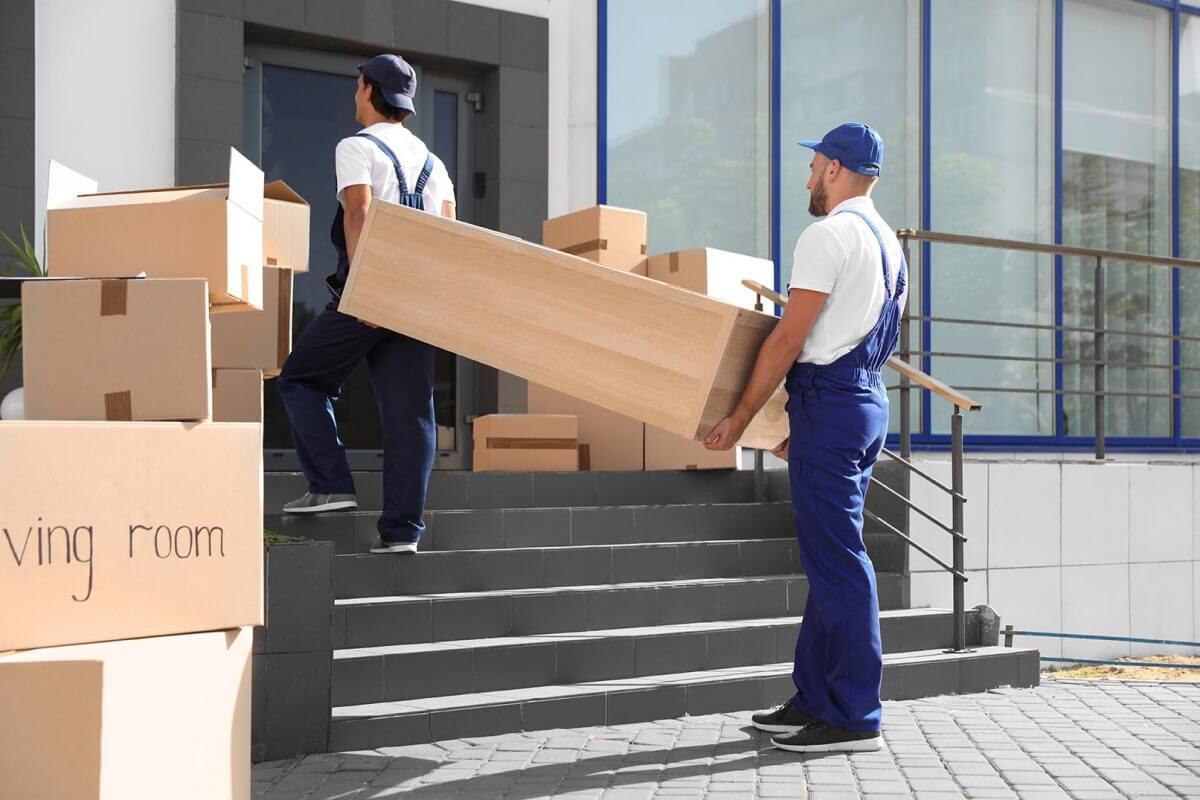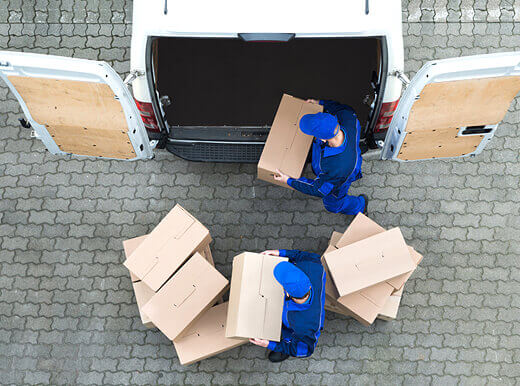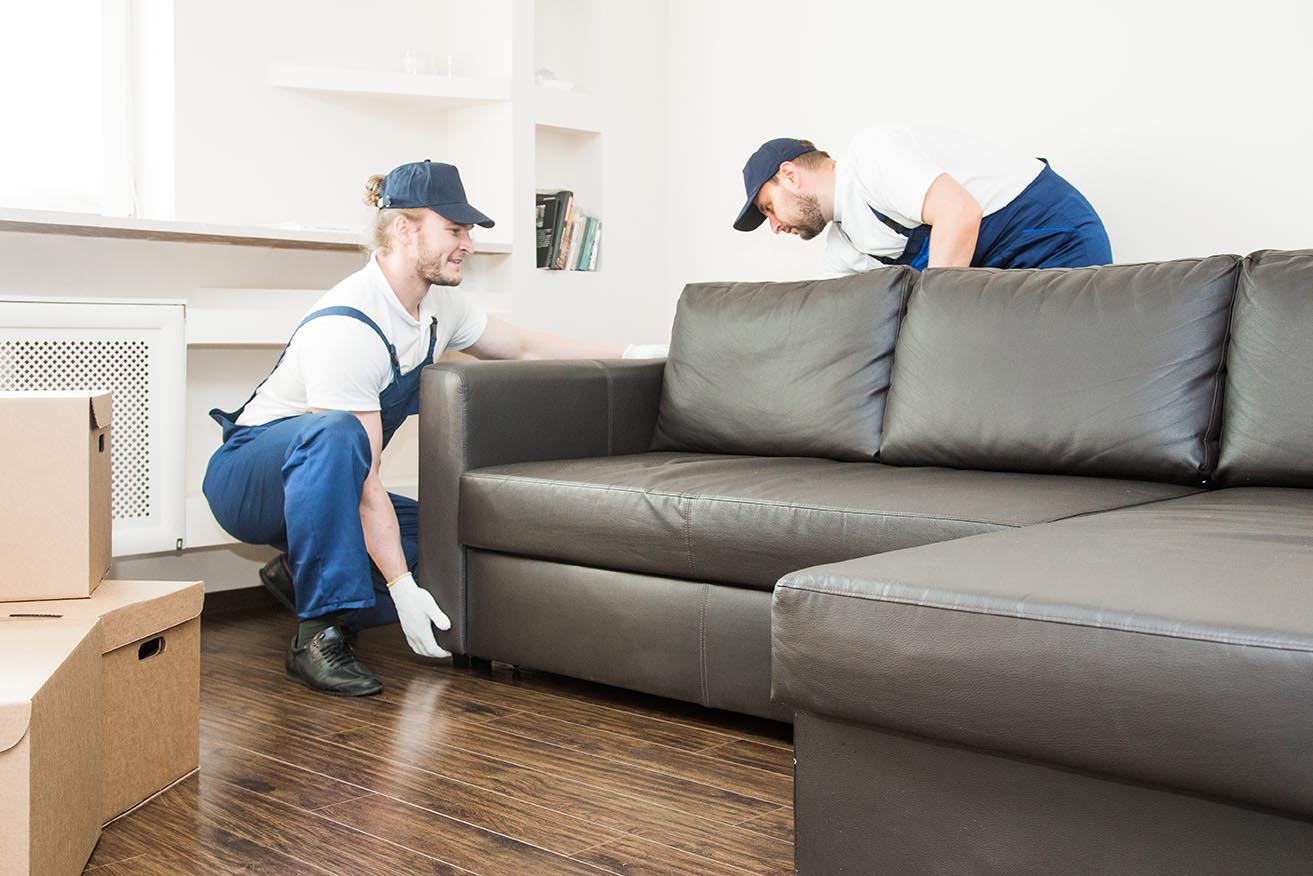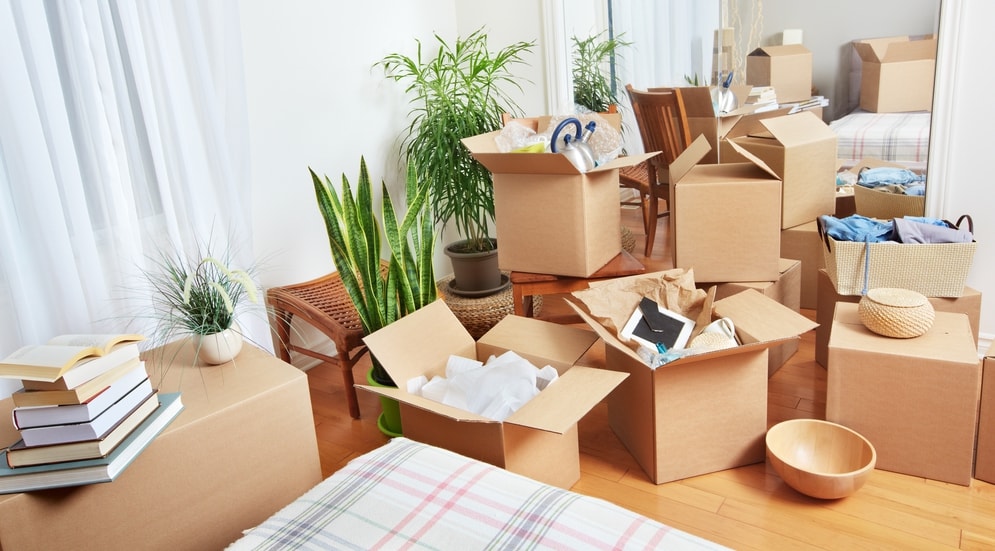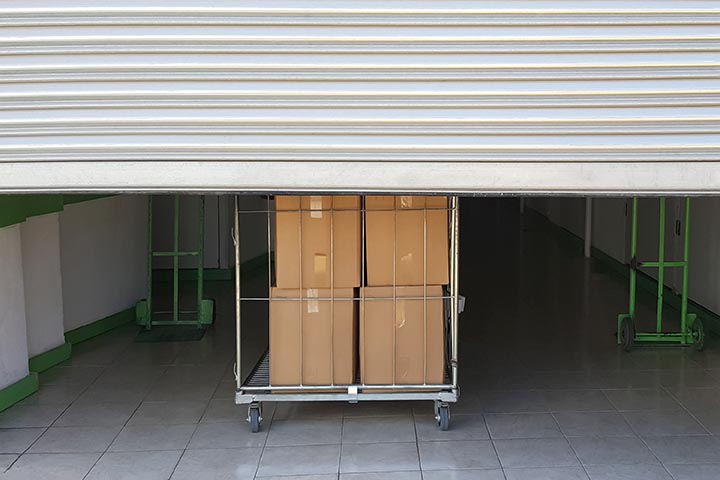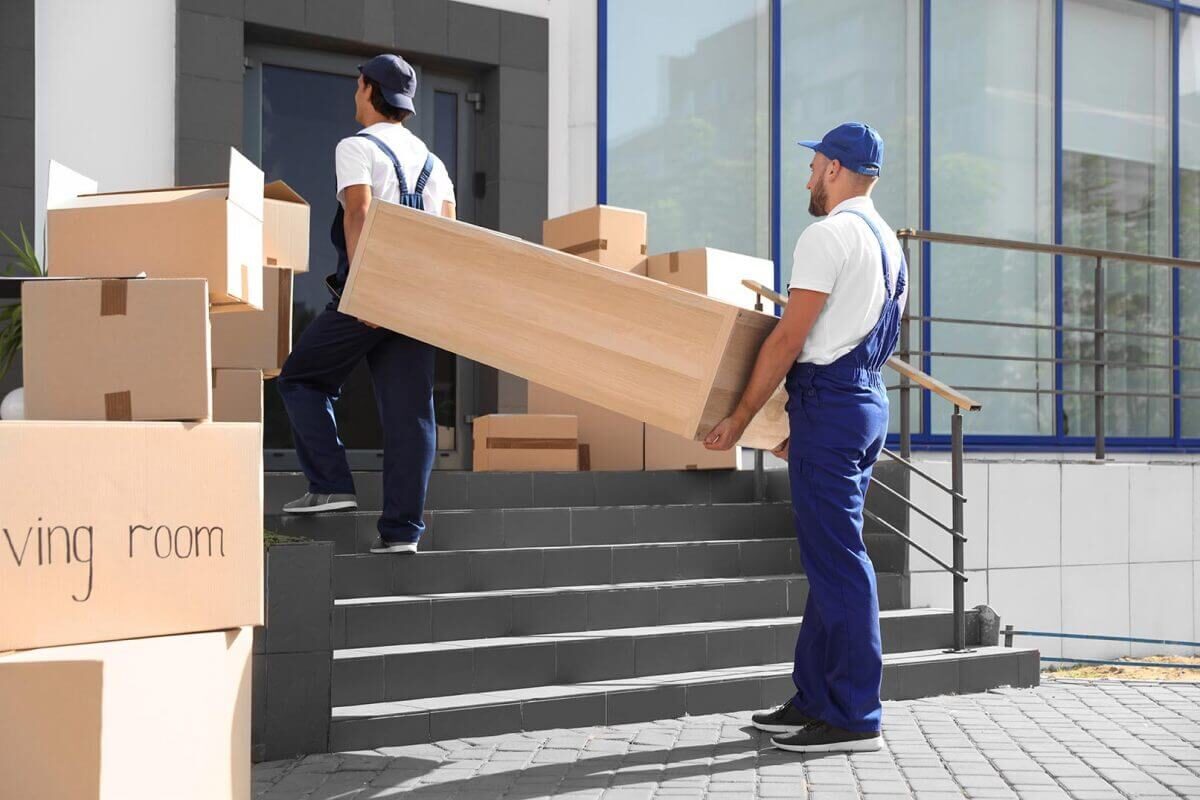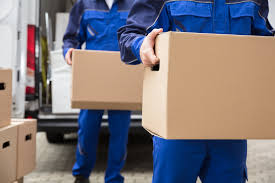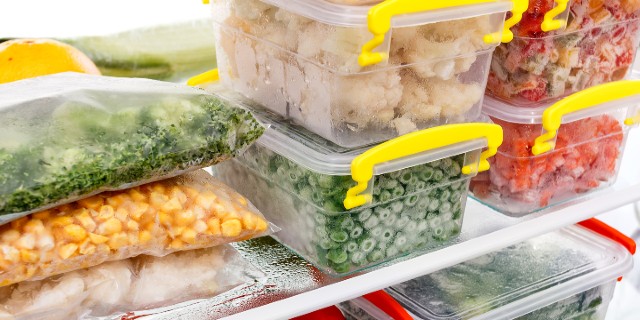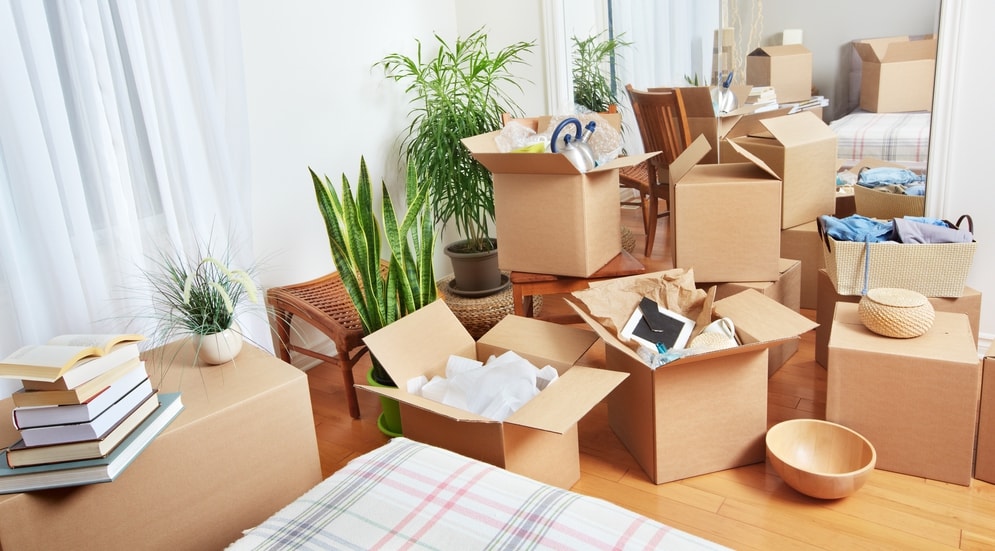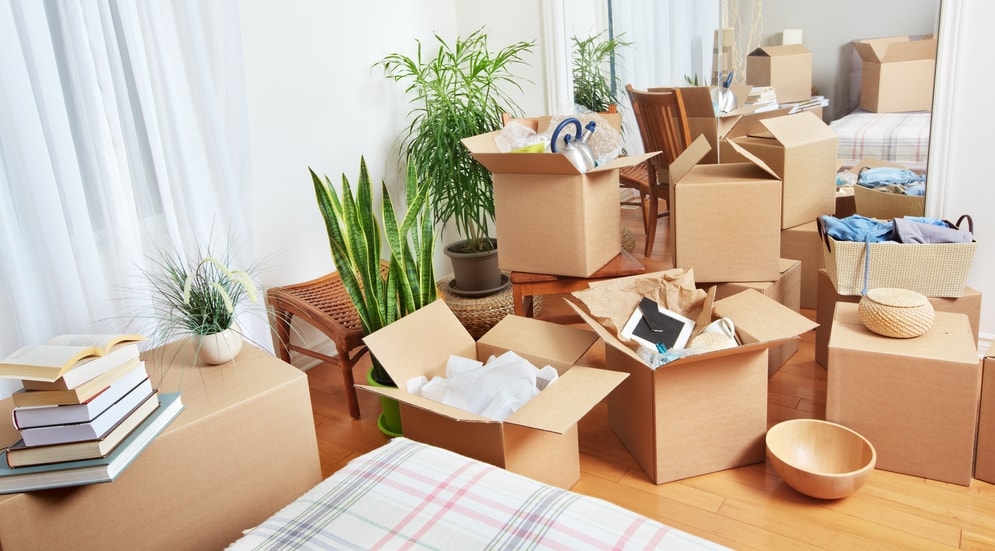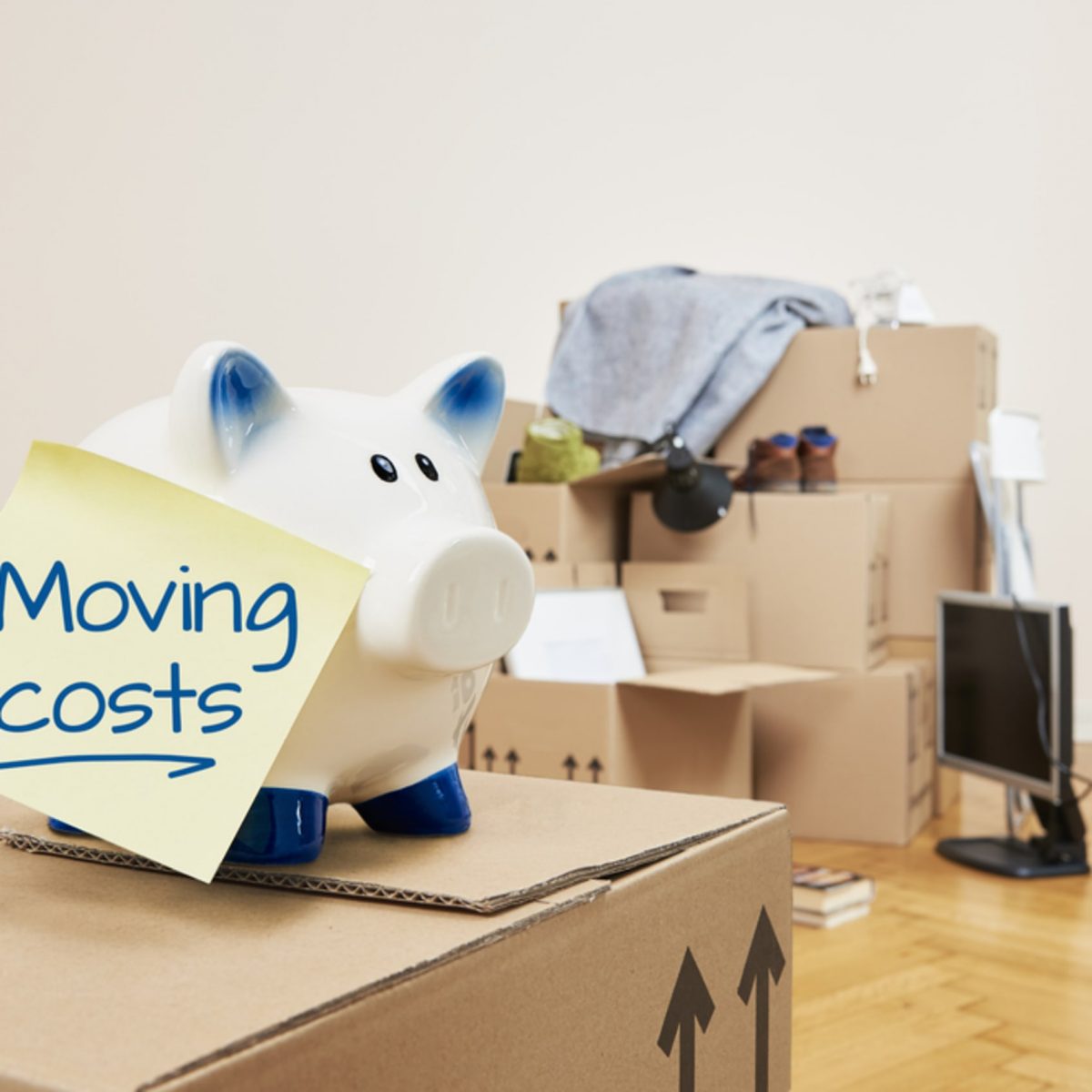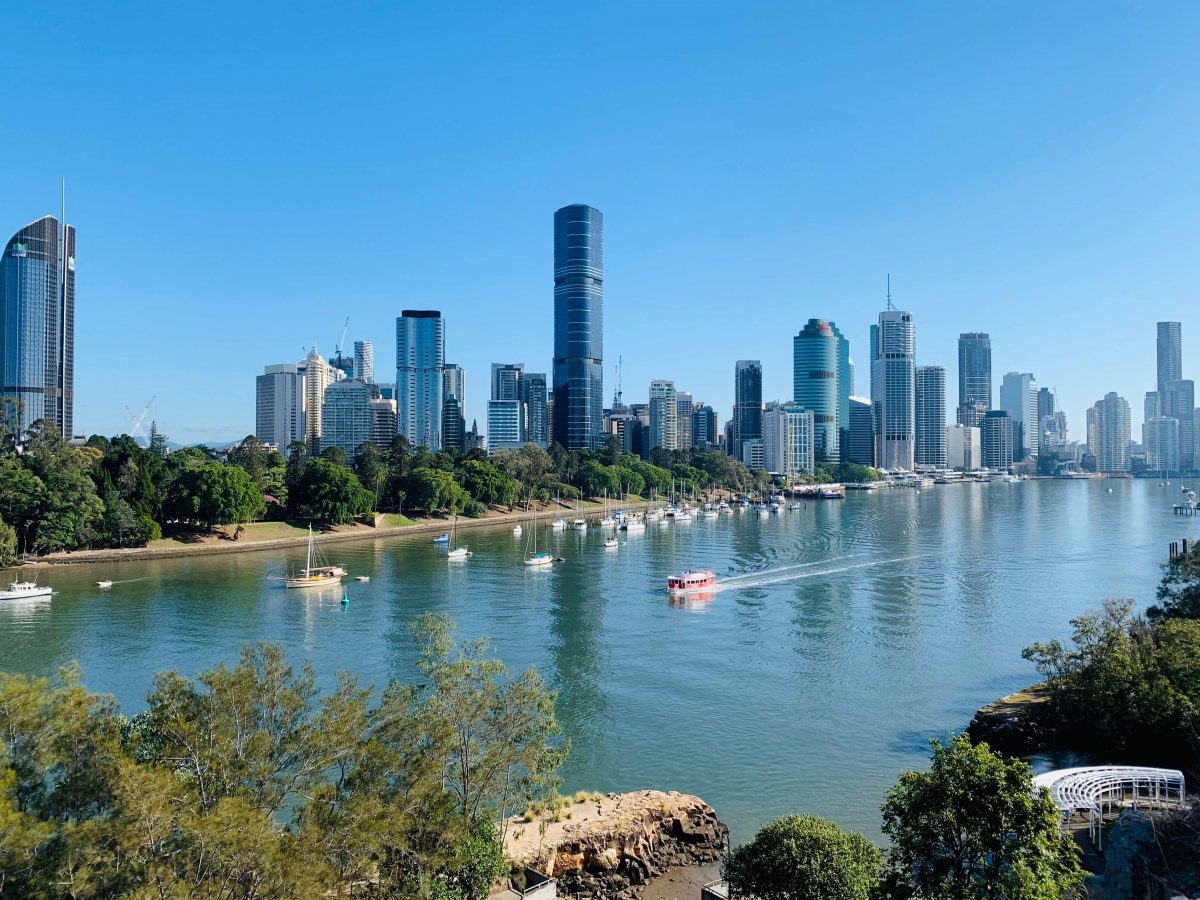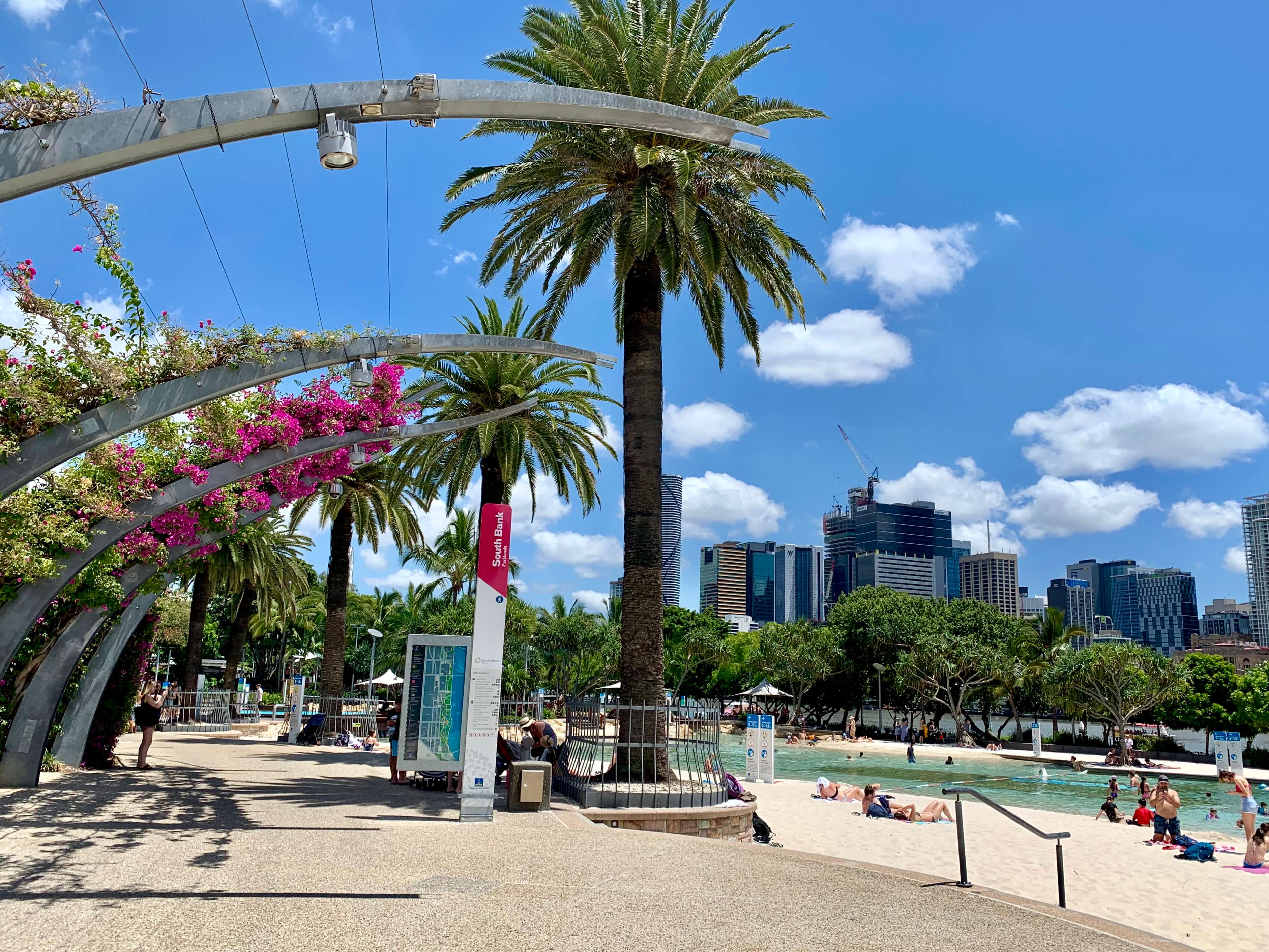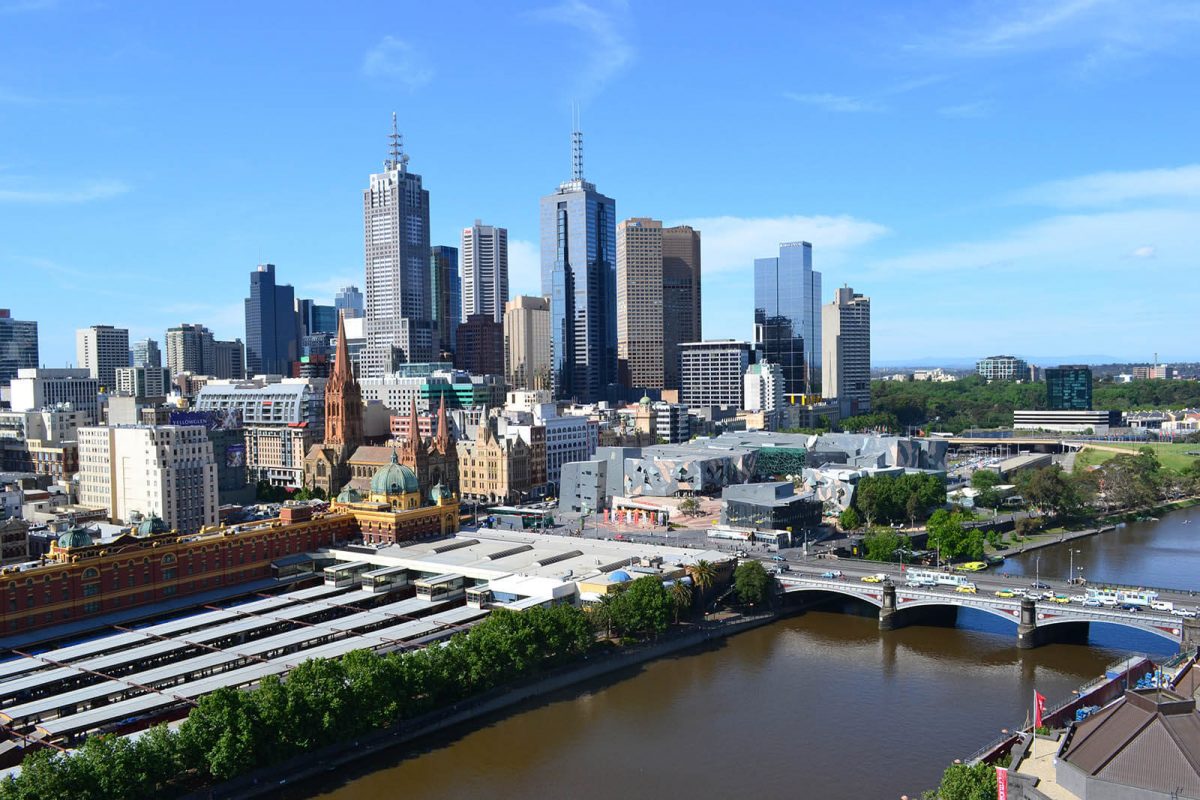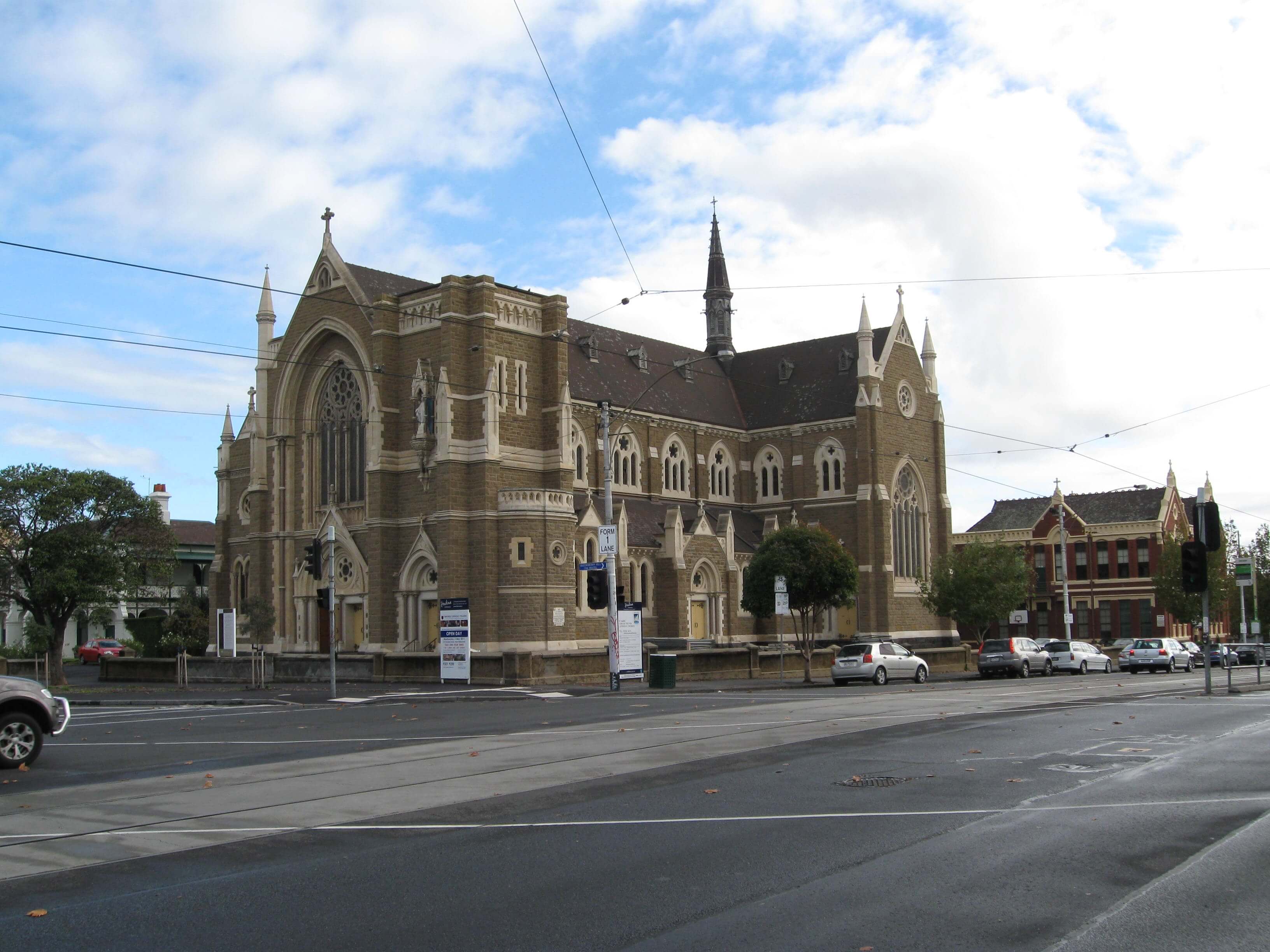When relocating, there is a lot to think about. The inability to settle in ultimately isn’t just due to the massive task of unpacking all your moving boxes from the moving truck. Getting to know your home, understand its systems, and prioritise the projects you want to tackle when you become a homeowner is essential.
Doing everything right the first time is preferable to waiting and hoping you’ll figure it out later. There is no denying that you and your family member have a lot in your life right now.
We’ve put together a list of the ten most important things you need to do before moving into a new home to help you get your priorities straight and keep moving costs at a minimum.
Start With a Plan
When moving house, the best time to do a thorough walk-through of your destination room is when it is empty. Look around and make sure there are no last-minute issues in the new space:
- Ensure the previous owner completed all requested and agreed-upon repairs before buying a home.
- The house has everything that was supposed to be included in the sale.
- Outlets, switches, fixtures, doors, and windows are fully functional and ready for use.
- The seller left behind all warranties and maintenance manuals in their old house.
- Pests, dirt, and debris have been removed from the property.
- The grass appears to be in fair condition.
- You’ll be able to fit all of your furniture. through the narrow streets and the front door.
Call your realtor immediately if you discover something violating the terms of the sale agreement, such as the previous owner taking the washer and dryer with them when they were supposed to stay. You’re on the hook for any issues that weren’t covered in your contract.
Pack an Overnight Bag
Even if you’re moving locally for just a few miles away, there’s always the possibility that something could go wrong on moving day. If you signed up for a full service move with a moving company, it means that they will take care of all your belongings. Thy will most likely bring in the packing materials like packing tape, cardboard boxes, bubble wrap and more as they prepare to store all your belongings inside all the boxes. So, be sure you have your important documents and an overnight bag ready before the movers arrive:
Have everything you’ll need for at least 24 hours, including:
- Toiletries, especially toilet paper rolls
- A change of clothes
- Your favourite coffee mug and tea bags in an essentials box
- Snacks and drinks and some paper plates and utensils so you can eat properly
- Laptop and charger
- Medication in plastic bags or plastic tubs
- Sheets and a pillow, a couple of stuffed animals for your children
- A first-aid kit
- Important personal and financial documents
- Medical records and all the details of your medical condition, if any
- Your moving paperwork and to do list for moving day
Notify the Proper Authorities
You’ll need to contact a few different people and businesses to let them know you’re moving. You can start informing them after you have booked a removal company and professional packers
Here’s a list of who to notify and when:
- The post office – Give them your new address at least a week before moving.
- Your employer – They’ll need to update your payroll information.
- Your bank – You’ll want to transfer your accounts and cancel automatic payments for your old address.
- The utility companies – Arrange to have the power, water, and gas turned on at your new home a day or two before moving in. Make sure your security deposit is in place so you have funds to cover bills after the final cut off.
- Your insurance companies – You’ll need to update your new address with your auto, life, and homeowners (or renters) insurance policies. They can forward your bills, receipts and updates
Clean the House from Top to Bottom
Even if you’re hiring professional cleaners, giving your new home a thorough cleaning before you move in is always a good idea. This way, you can start fresh and ensure everything is clean and comfortable for you and your family in the new space. Do a deep clean in the kitchen, bathrooms, living room, and other common areas. Be sure to wash all the windows, inside and out for your upcoming move.
Protect Your Belongings During the Moving Process
Take extra care when packing your belongings to prevent any damage to them during the move. For items that are easily broken, use bubble wrap or packing peanuts. Smaller boxes that are easier to carry when transporting heavy items are preferable. To prevent the contents of the box from moving around while it is being moved, fill any empty spaces with crumpled-up pieces of newspaper.
Make a Floor Plan
Feeling overwhelmed when you walk into your brand-new house for the first time, trying to figure out where you should be hanging clothes when the movers arrive and so on.
Therefore, before moving house, set aside some time to draw up a floor plan. This will make it much easier for you and the moving company to visualize where each piece of furniture will go, which will, in turn, make the process of unpacking much simpler.
Rent a Moving Truck for Your Moving Boxes
You will need to rent a moving truck if you plan on doing the heavy lifting and manual labour associated with a DIY move. Be sure to make the reservation for the moving truck at least a week in advance to ensure that you get the size you require. Make sure the moving truck is packed carefully and evenly to prevent any damage from occurring while it is transported.
However, if you want a fast and stress-free moving process, you can hire a moving company or moving companies that can pack items and make moving day a bit easier by providing you with a complete list of things you need to prepare for moving day.
Hire a Moving Company
You always have the option to hire professional movers if you would rather not deal with the hassle of packing up everything on your own and moving it all by yourself. Moving companies will do all of the heavy liftings for you, and they will deliver your belongings to your new house in a secure manner. Before settling on one option, it is highly recommended that you first obtain several price estimates from moving service providers. You can ask for a quote depending on your needs and move date.
Change the Locks
When you move into a new house, one of the first things you should do is change the locks on all doors. Your family will be safer and more secure in their new home due to this measure. You have the option of changing the locks on your own, or you can hire a qualified expert to do it for you.
Get to Know Your New Neighbourhood
After some time to get settled into your new home, you should discover the neighbourhood. Learn the names of the local establishments, and introduce yourself to your new neighbours. This is an excellent method for ensuring that you feel at ease and secure in the first few days in your new residence.
Conclusion
These are just a few moving tips to help you prepare for move-in day. By following these simple steps, you can ensure that everything goes smoothly and that your new home is clean, comfortable, and safe for you and your family, especially children and pets.


